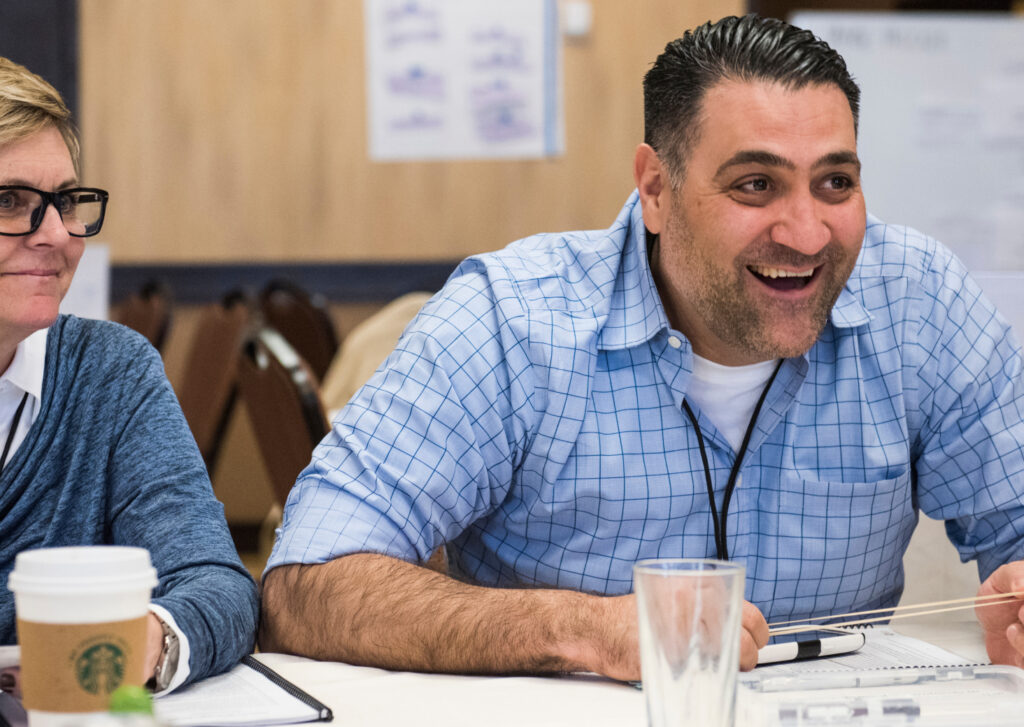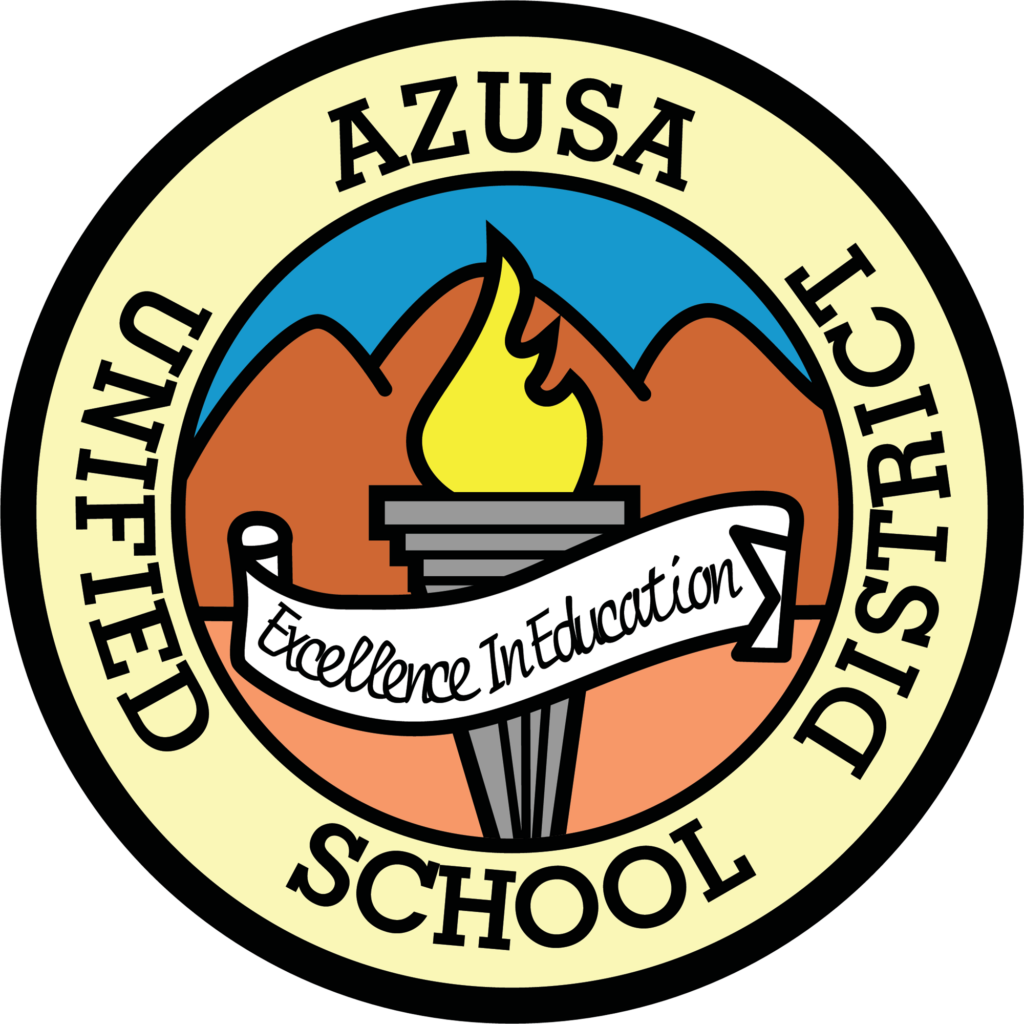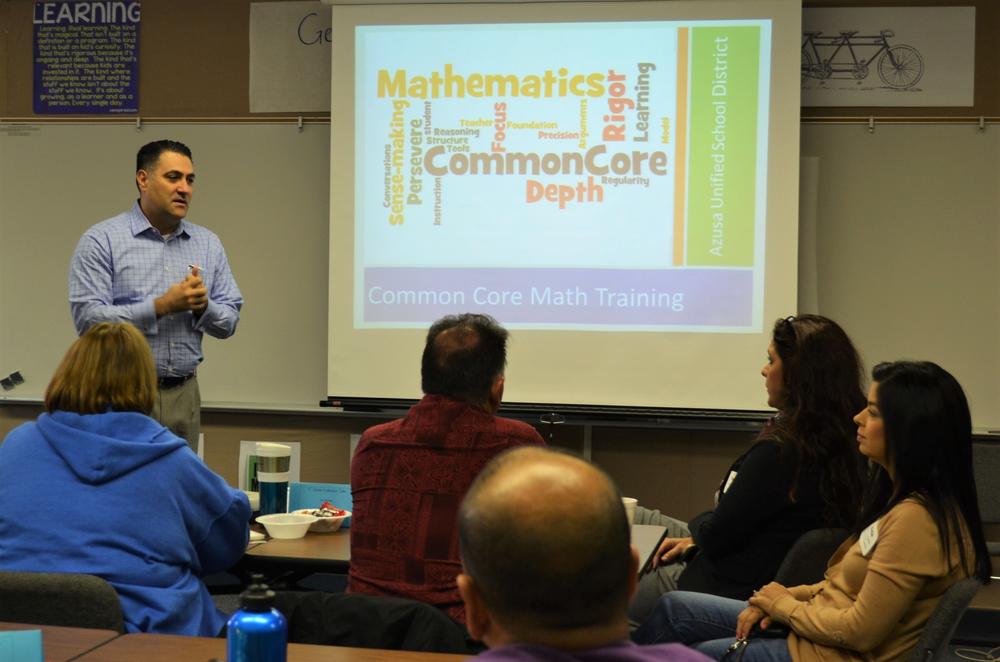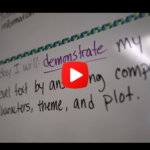Going Slow to Go Fast: How the Azusa School District Found its Pace


Arturo remembers the day he thought, “Working with these people is going to be different.”
After 18 years of working in education, Arturo Ortega had noticed districts that would bring in outside consultants with go-to solutions—and then go away. When first serving as assistant superintendent for the Azusa Unified School District, Arturo experienced something new when he met JoDee Marcellin from California Education Partners.
JoDee said she would work with them to seek answers from within their district and stick around to test new approaches. Looking back, Arturo realized this experience was the best possible professional development for his staff: an experience in which they learned, applied what they learned to solve the problem at hand and other challenges and worked alongside other districts and expert partners.
By taking the time to slow down and engage in a collaborative process, Azusa sped up improvement for its student outcomes in English Language Arts. This success grew and spurred what Arturo describes as a culture change, where district leaders embraced a growth mindset–just as they encouraged students to do and students engaged in deeper academic discourse that improved their comprehension of the ELA content.
Slowing Down

Before testing out approaches, one of the first things the Azusa team had to do in working with Ed Partners was to slow down, consider day-to-day experiences and review them alongside data on student performance to get to the heart of what they were solving.
Arturo said this was a pivotal moment for the team. “Past experiences forced us to work quickly and offer up a solution, and fast solutions aren’t always the best ones,” he said. “We kept jumping to solutions around our students getting better at reading and writing, but our data was telling us to focus on students’ listening and speaking—skills that are no longer the focus of tests.” His teammate Alicia, a middle school English Language Arts coach, said, “They had us really take a deep look at our systems, confront our own data and use it to find a path ahead.”
Throughout the process, Ed Partners nudged the Azusa team to stay in this growth mindset, or “Learning Zone,” which they champion for students. In the Ed Partners process, learning involves carving out intentional time to think, design, create, ponder, argue and adjust–all before taking the tempting step into the “Performance Zone” and solving or crafting new approaches. Devoting time to the “Learning Zone” for themselves proved to be a major catalyst for student success.
“Although it sounds counter intuitive, the more time you actually spend in the “Learning Zone” trying to get to the right questions—not jumping into problem solving to find the right answers—the more efficient you are when you get to the “Performance Zone”, ensuring that your problem-solving is actually addressing the right things in the right manner,” said Arturo.
Trusting the process, Azusa tested the think-pair-share approach with 30 prototype teachers. Through this, they learned of the need to emphasize complex thinking, and then again tried out complex- think-pair-share with more teachers. Again, they learned their messaging was not communicating what they wanted, and they had to do more ideation, design thinking, prototyping and piloting.
Speeding Up Culture Change
Arturo says he now sees that the process has changed their culture. “If we hadn’t committed to our professional development and learned to value what we experience in the “Learning Zone”, we’d end up recycling the same solutions we’d tried in the past,” he said. “Instead of having knee-jerk reactions to write across the curriculum or informational text, we now pay attention to the “Challenge Area.” That means we’re surfacing the best approach for each situation, and that’s what improves the educational experience.”
“Now Azusa Unified School District has three student success drivers that district staff focus on when planning and designing instruction for students or instruction for adults,” Arturo said. “Those three student success drivers are no longer about the think-pair-share approach. It’s about strategies like complex-think-pair-share that are rigorous, that include academic discourse, and that include some kind of collaborative practice.”
Where educators really feel Azusa’s improvement is in the classroom. Alicia brought in the “Learning Zone” approach to classrooms after piloting a critical decision model (CDM) tool that would help students tackle writing on demand tasks, first with teachers and then in the classroom. “I tested this tool in the classroom and saw a drastic improvement from students after using it in the organization and purpose aspect of the rubric. One student even told me that after this process he was newly interested in college.”
In taking the time to slow down and engage in a collaborative process with one problem, the Azusa team learned how to solve many problems. Today, the “Azusa Way” is to get in the “Learning Zone” and bring partners in by soliciting feedback from not just teachers and administrators but also students and parents, and then testing new approaches by piloting them in individual classrooms through improvement tests.
